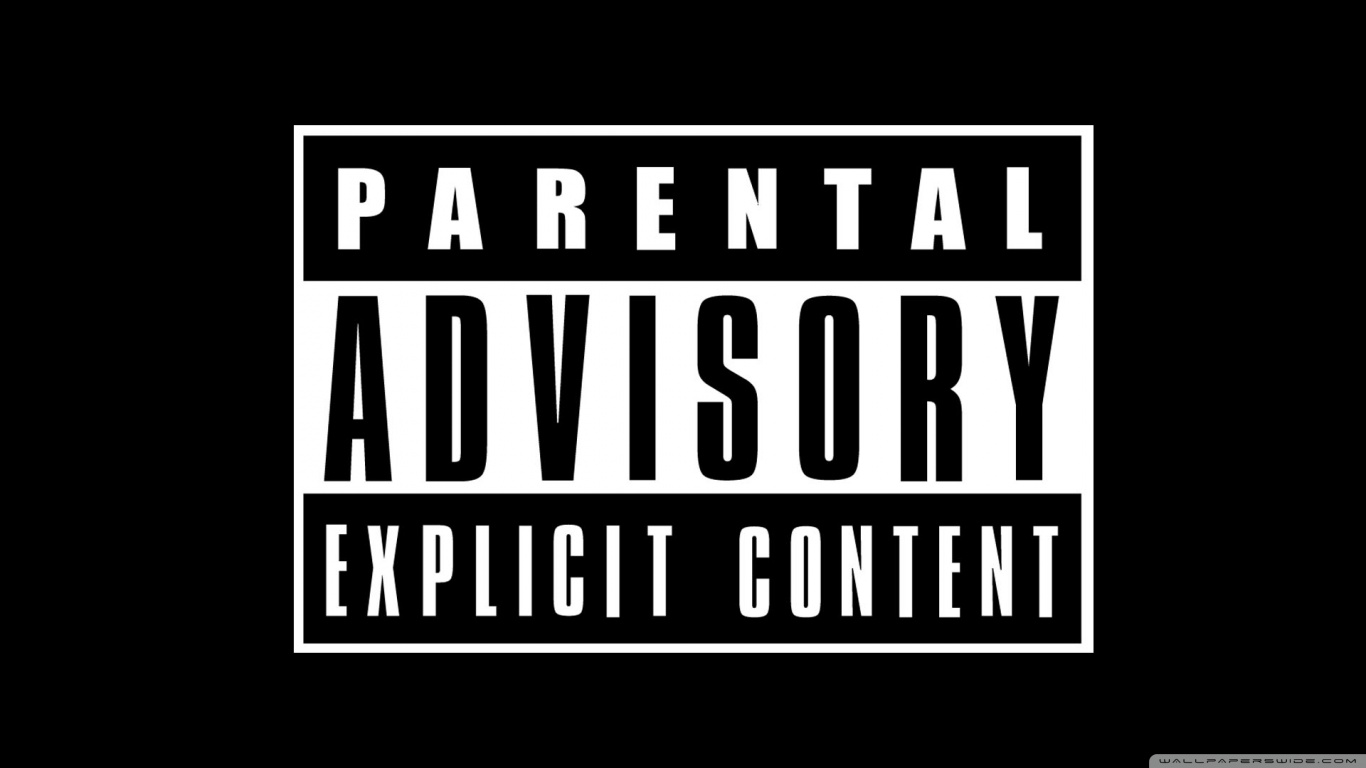
Implementing debt collection software in 2025 requires a strategic approach, prioritizing customization, security, and user engagement. By following these best practices, businesses can improve operational efficiency, ensure compliance, and enhance customer relationships, all while adapting to the ever-changing financial environment.
Category
Business
Best Practices for Implementing Debt Collection Software in 2025
BEST PRACTICES FOR
IMPLEMENTING DEBT
COLLECTION SOFTWARE IN
2025
In 2025, businesses face a rapidly evolving financial landscape, making
efficiIenNt deb t 2colle0ction software a necessity. Implementing such software successfully requires c2are5ful p,la nnBing, UstratSegicI eNxecuEtion,S andS adhEereSnce to
best practices. Here, we outline key steps to ensure a seamless and effective
FAintegCratioEn of dAebt c oRllectAion sPoftwIaDre intLo yYour orEganVizatiOon. LVING
1. Identify Business Needs and Goals
BFefoIreN selecAtingN andC implIementing debt collection software, clearly define your business needs. ConsiAder:L LANDSCAPE,
- The volume and type of debts you handle.
M- InteAgratKion rIeqNuiremGents wEith FexisFtingI sCysteImEs likeN CRM and accounting software. T DEBT
- Desired features, such as automation, analytics, and multi-channel
communication.
COLLECTION SOFTWARE A
NECESSITY.
IMPLEMENTING SUCH
SOFTWARE
SUCCESSFULLY REQUIRES
CAREFUL PLANNING,
STRATEGIC EXECUTION,
AND ADHERENCE TO
BEST PRACTICES. HERE,
WE OUTLINE KEY STEPS
TO ENSURE A SEAMLESS
AND EFFECTIVE
INTEGRATION OF DEBT
COLLECTION SOFTWARE
INTO YOUR
ORGANIZATION.
1. IDENTIFY BUSINESS
NEEDS AND GOALS
BEFORE SELECTING AND
IMPLEMENTING DEBT
COLLECTION SOFTWARE,
CLEARLY DEFINE YOUR
BUSINESS NEEDS.
CONSIDER:
- THE VOLUME AND TYPE
OF DEBTS YOU HANDLE.
- INTEGRATION
REQUIREMENTS WITH
EXISTING SYSTEMS LIKE
CRM AND ACCOUNTING
SOFTWARE.
- DESIRED FEATURES,
SUCH AS AUTOMATION,
ANALYTICS, AND MULTI-
CHANNEL
COMMUNICATION.
2. Evaluate Software Options Thoroughly
The market for debt collection software is extensive, with numerous providers
offering a range of solutions. When evaluating options:
- Research vendor reputations and read customer reviews.
- Request demos to explore features and usability.
- Assess scalability to ensure the software grows with your business.
- Verify compliance with regulations like GDPR and PCI DSS.
3. Prioritize Data Security and Compliance
Debt collection involves sensitive customer data, making security paramount.
Choose software with:
- Robust encryption protocols.
- Role-based access controls.
- Regular updates to address vulnerabilities.
4. Customize and Configure the Software
Tailor the software to suit your operational workflows. Configure settings like:
- Automated reminders for overdue payments.
- Customizable dashboards and reports.
- Workflow automation for recurring tasks.
A well-configured system enhances productivity and ensures your team can
work efficiently.
5. Train Your Team
Invest in comprehensive training for your staff to maximize the software’s
potential. Training should cover:
- Navigating the software interface.
- Leveraging advanced features like predictive analytics.
- Understanding compliance-related functionalities.
6. Integrate with Existing Systems
Seamless integration with your current tech stack is critical for smooth
operations. Ensure the software can:
- Sync with CRM platforms for customer data access.
- Integrate with accounting tools for streamlined financial reporting.
- Connect with communication tools for effective client interaction.
7. Monitor Performance and Adapt
Post-implementation, regularly evaluate the software’s performance against
your goals. Use analytics and reporting tools to:
- Measure key metrics like recovery rates and time-to-collection.
- Identify bottlenecks and inefficiencies.
- Gather user feedback to improve usability and satisfaction.
8. Provide Excellent Customer Support
Effective debt collection balances operational efficiency with customer
satisfaction. Use the software to:
- Offer flexible payment plans.
- Maintain open communication channels.
- Provide transparent account updates to customers.
9. Plan for Future Scalability
As your business grows, your debt collection software should evolve. Choose a
solution that:
- Supports increasing data volumes.
- Offers modular features that can be added as needed.
- Adapts to emerging technologies like AI and machine learning for enhanced
insights.
Conclusion
• Implementing debt collection software in 2025 requires a strategic
approach, prioritizing customization, security, and user engagement.
• By following these best practices, businesses can improve operational
efficiency, ensure compliance, and enhance customer relationships, all
while adapting to the ever-changing financial environment.

Comments